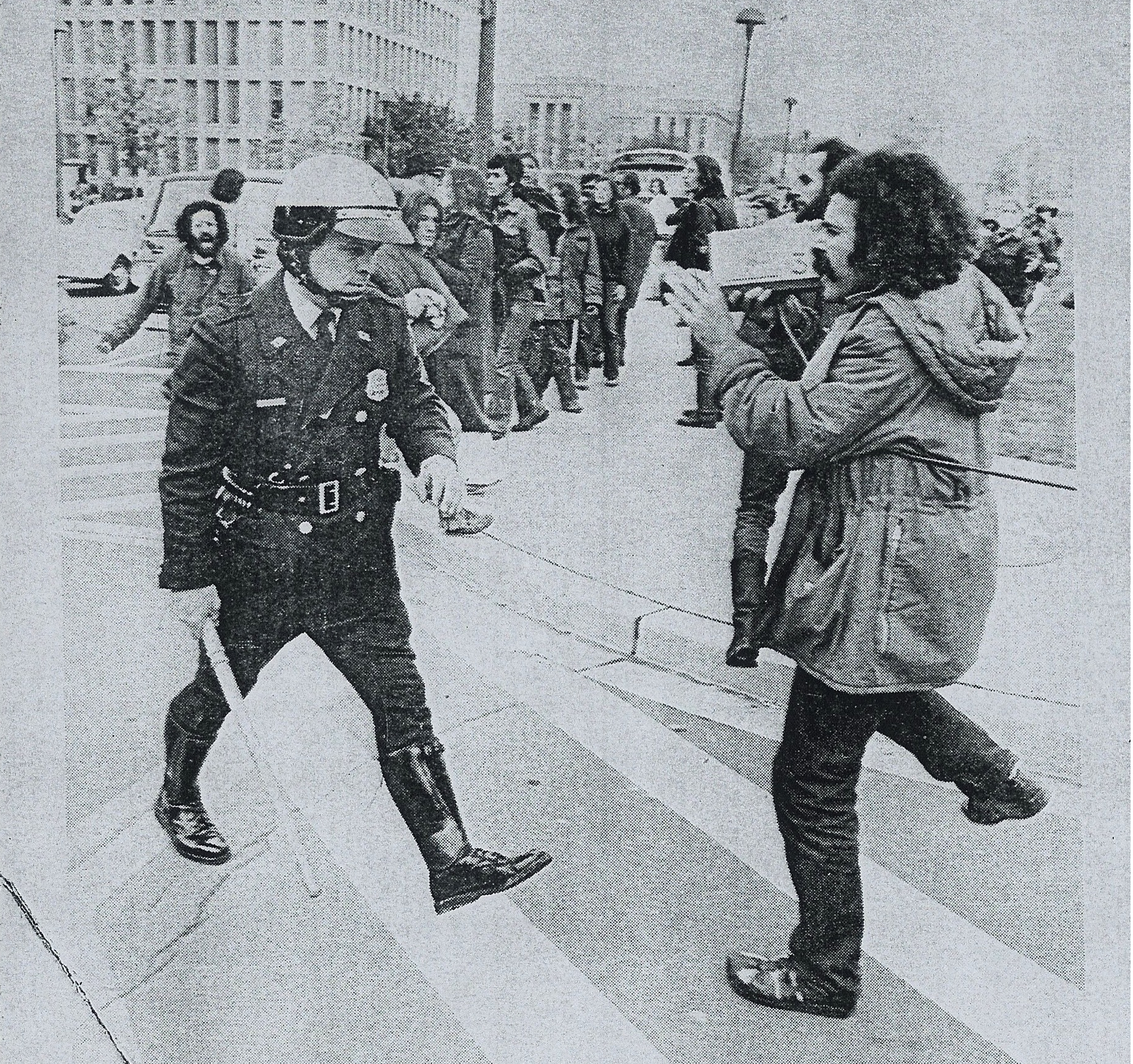Steal This Station: The Videofreex and Radical Banality of Pirate Broadcasting A Review of "Here Come the Videofreex" by Jenny Raskin and John Nealon
Main Article Content
Abstract
In this review of the Here Come the Videofreex, the author questions Raskin and Nealon’s choice of a traditional chronological approach in their 2015 documentary on the Videofreex, and considers issues ranging to contemporary understandings of citizen journalism to the ubiquity of cameras in everyone’s back pocket. Paulsen asks questions about the importance of the Videofreex self-removal from mainstream media to rural New York and their relationship to other radical video collectives of the time.
Article Details

This work is licensed under a Creative Commons Attribution-ShareAlike 4.0 International License.
References
Abbie Hoffman,StealThisBook(Cambridge: Da Capo Press, 1996), 139-145.
Boyle, 87.
Deirdre Boyle,SubjecttoChange:GuerrillaTelevisionRevisited(Oxford: Oxford University Press, 1997), 16.
For a discussion of the guerrilla videotape exchange network see my article: Kris Paulsen, “Half-Inch Revolution: The Guerrilla Video Tape Network,” Amodern2 (Fall 2013).http://amodern.net/article/half-inch-revolution/
Hoffman, 142-144
Parry Teasdale, Videofreex: America’s First Pirate TV Station and the Catskills Collective that Turned It On(Hensonville, NY: Black Dome Press, 1999), 29.
Raindance founder and TVTV figurehead, Michael Shamberg, for example, moved from video activist to cable and later Hollywood producer. For a critical overview of his career and the politics of reaching a broader audience, see David Joselit, Feedback: Television Against Democracy (Cambridge: MIT Press, 2007), 87-113.
Teasdale, 210. The document Teasdale produced for the FCC is titled, “A Micro-TV Service in the United States.”
Teasdale, 78.



